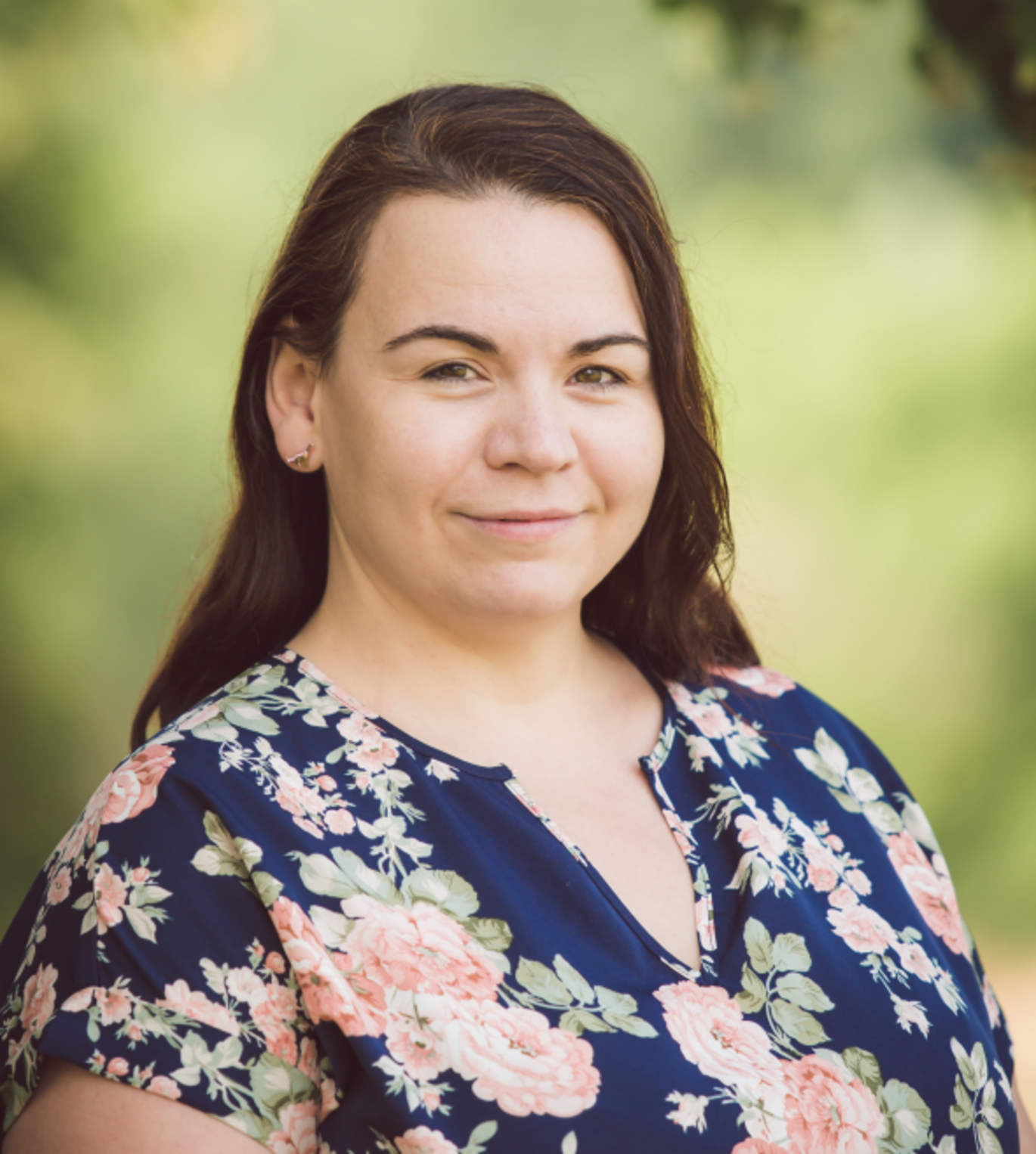Introduction of Petra Heřmánková
New assistant professor in the Past Social Networks Project.

I am a digital epigrapher interested in re-discovering the patterns of human behaviour and their changes over space and time in the Latin and Greek writing communities of the ancient Mediterranean. I am trained as a classical archaeologist and classicist (dual MA), and ancient historian (PhD, Charles University in Prague). Still, my real passion lies in using computational and quantitative methods to analyse Greek and Latin inscriptions and the evidence they contain. I have previously worked at AU at the Social Dynamics in the Ancient Mediterranean Project with Adela Sobotkova, where my role was to aggregate and analyse large-scale epigraphic datasets with over 500,000 records to improve our understanding of aspects of social change in Antiquity. You can read about how that was going here or here. We looked, for example, at the evolution of socio-economic diversity and labour specialisation in the cities of the Western Roman Empire, using inscriptions as the main source of data, see here.
I am joining UrbNet as an Assistant Professor for the Past Social Networks Project with Tom Brughmans. For the next three years, I will be working on social networks as preserved on Greek and Latin inscriptions, e.g. inscriptions linking various professional associations, geographic trading networks, but also dynamics of social hierarchy within communities, the evolution of economic and epigraphic profiles of entire settlements, and diffusion of innovation within the Roman Empire using epigraphic formulae on inscriptions. I am particularly looking forward to expanding the work on socio-economic diversity and specialisation to the Roman East, including additional ca. 200,000 Greek inscriptions. I work in R programming language and I am a strong proponent of FAIR and Open Science principles. You can find all my work and code on GitHub (@petrifiedvoices). I discuss my research and the latest progress in digital epigraphy on Twitter as @pettulda.
